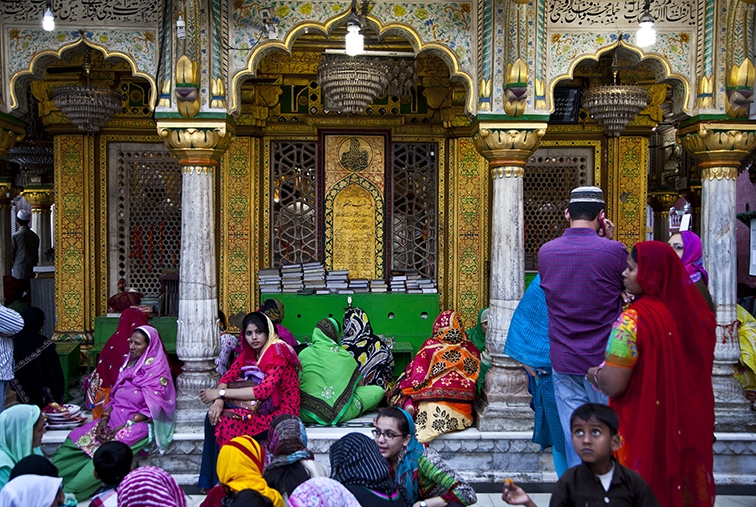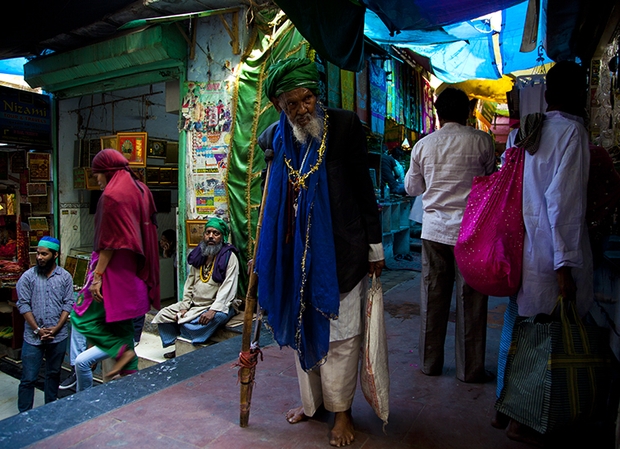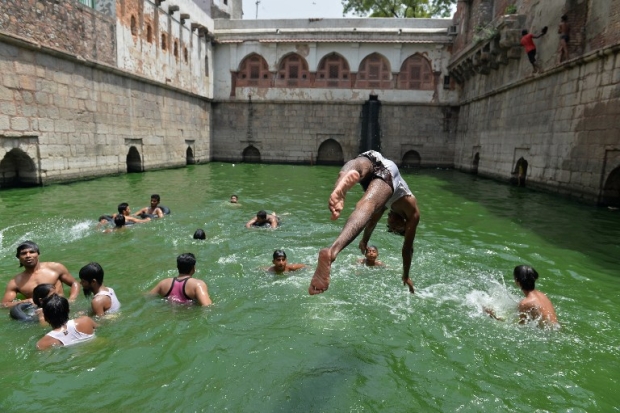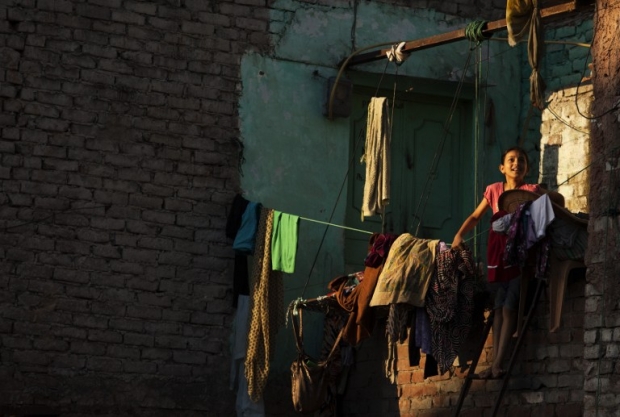
From Delhi with love: The forgotten voice of Nizamuddin Auliya
With every terrorist attack committed by an Islamist militant in the West, they pop up like mushrooms after rain. The TV pundits and so-called experts making sweeping statements about the true nature of Islam being violent and intolerant. The ignorance of such remarks never fails to amaze me.
How can Islam be inherently violent when it also gave birth to someone like Nizamuddin Auliya, the 13th century Islamic scholar and Sufi saint, whose message of love and compassion still attracts thousands of people to his Delhi tomb every single day?
Within the walled compound, the crowds and noise of Delhi suddenly seem but a distant memory, while the demands of our modern world make way for a much older reality.
700 years later
Muslims from all over India flock to this island of tranquility to offer flowers, pray, read the Quran or simply sit in the courtyard to watch life pass by.
Once I saw six transvestites dressed in Indian sarees sitting among the crowds, and no one said a word or raised a finger
And not just Muslims. Many Hindus and others come too. Everyone is welcome. Once I saw six transvestites dressed in Indian sarees sitting among the crowds, and no one said a word or raised a finger.
Every afternoon, free meals are handed to the poor. Every evening, a Qawalli band plays and sings in praise of God. It is remarkable how, almost 700 years after his death, Nizamuddin’s spirit is still alive and continues to inspire.
That is unfortunate, for Nizamuddin was an extraordinary man who led by example and whose teachings deserve a wider audience, especially in today’s increasingly polarised world.
Under the soothing shadow
The accounts of Nizamuddin’s early life vary slightly, but most claim he was born in 1238 in Badayun some 220 kilometres east of Delhi. His parents had fled Bukhara in Central Asia a few years before Genghis Khan and his Mongol army ransacked and destroyed the ancient city in 1220.
No less than 13 rulers sat on the throne of the Delhi Sultanate during Nizamuddin’s lifetime, yet he never set a foot in court
He was only five years old when his father died. According to Khadiq Ahmad Nizami’s biography, Nizamuddin grew up in poverty, yet was a gifted student. By the age of 16, he had learnt the Quran by heart and moved to Delhi to continue his studies in Fiqh (Islamic jurisprudence) and the Hadith (sayings attributed to the Prophet Mohammad).
Sufism is generally described as the inner or mystical dimension of Islam. In addition to observing the outer pillars of Islam, a Sufi aims to achieve a state of moral and spiritual perfection by overcoming worldly desires and “worshipping God as if you see him".
Sheikh Farid warned Nizamuddin against intellectual arrogance and encouraged him to embark on a path of internal growth and help others. Nizamuddin, he said, should be “a tree under the soothing shadow of which others could find comfort".
To do so, Nizamuddin established a khanqah, a centre for religious and spiritual guidance on what is today the site of his tomb, which 700 years ago was situated well outside Delhi’s city walls.
Gradually, more and more people visited and Nizamuddin took on disciples, many of whom would become respected scholars in their field of expertise.
Like him, they were dressed in simple white garments and permanently lived in the centre. They would not just pray, meditate and study. According to Nizamuddin, a truly religious man should put himself in the service of mankind by taking care of the needy and destitute.
For the same reason, Nizamuddin’s disciples were not allowed to accept any form of stipend, grant or employment from the government, as such a worldly attachment would jeopardise their role as a spiritual guide.
No less than 13 rulers sat on the throne of the Delhi Sultanate during Nizamuddin’s lifetime, yet he never set a foot in court. The royal family, like anyone else, was welcome to visit him.
Solace through the ages
Nizamuddin’s seemingly only frivolous delight was poetry and Qawalli music, which he deemed accepted art forms as they were able to bring the listener closer to God.
Not surprisingly, Nizamuddin was a hugely popular figure during his life and remained so after his death in 1325. For centuries to come, Delhi nobility wished to be buried in his shade, including the mighty Mughal Emperor Humayun, who died more than 300 years later. His mausoleum stands just around the corner of Nizamuddin’s tomb.
And so even Humayun, who ruled half the world in the name of Islam, eventually found solace in the presence of Nizamuddin, the great and gentle soul who embraced all of mankind in the name of Islam.
- Peter Speetjens is a Dutch journalist who lived in Lebanon for 20 years, regularly travels to India and has a special interest in how 19th century writers helped shape our conceptions of the world today.
The views expressed in this article belong to the author and do not necessarily reflect the editorial policy of Middle East Eye.
Photo: Pilgrims gather in the back of the facade of the tomb of Nizamuddin (MEE/Peter Speetjens)
New MEE newsletter: Jerusalem Dispatch
Sign up to get the latest insights and analysis on Israel-Palestine, alongside Turkey Unpacked and other MEE newsletters
Middle East Eye delivers independent and unrivalled coverage and analysis of the Middle East, North Africa and beyond. To learn more about republishing this content and the associated fees, please fill out this form. More about MEE can be found here.








